Painting is an art—not only when painting fine portraits and landscapes, but also when doing industrial coating activities. So many issues factor into how a coating will perform that often only years of experience can fully prepare a painter to do the job right every time. However, to achieve best results, there are general principles that everyone can learn from, including a basic understanding of how temperatures affect coatings.
When Is It Too Cold to Paint?
In temperate climates, it is especially important to know when it is too cold to paint. For best results, Cortec® recommends painting with Cortec® anticorrosion coatings only when the temperatures remain above 45-55 °F (7-13 °C) overnight. This is because, especially for water-based coatings, paint will not form a good film if its water or solvents do not evaporate quickly enough. At worst, when temperatures drop below freezing, the coating could simply freeze and then run off when the spring thaw melts the coating.
When Is It Too Hot to Paint?
Although it is more difficult to reach a temperature at which it is too hot to paint, this can also happen. Often, it is when a metal part or structure has heated up
(e.g., to 110 °F [43 °C]) from sitting outside in hot weather and is painted with spray equipment. If the metal is hot enough to dry the coating before it has time to level out, the coating will have a pebble finish due to all the individual paint droplets drying in place




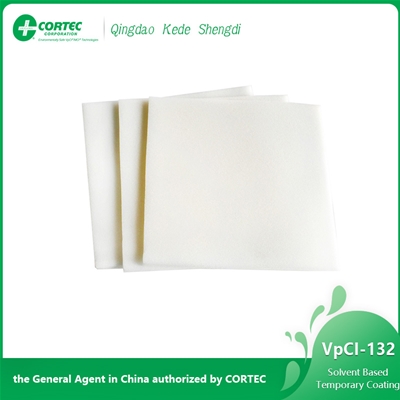
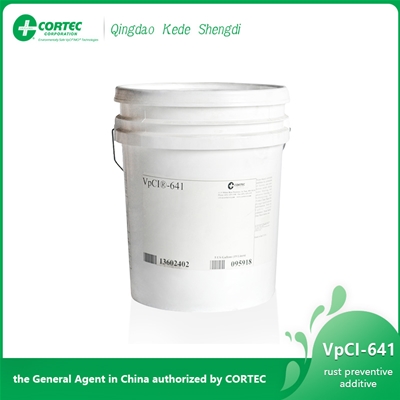


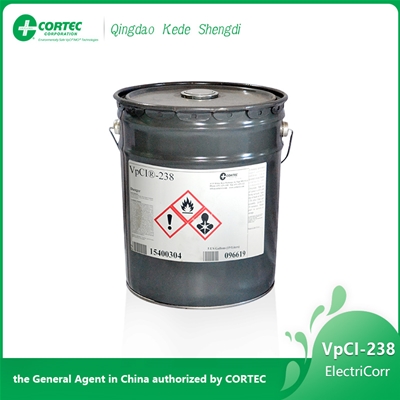
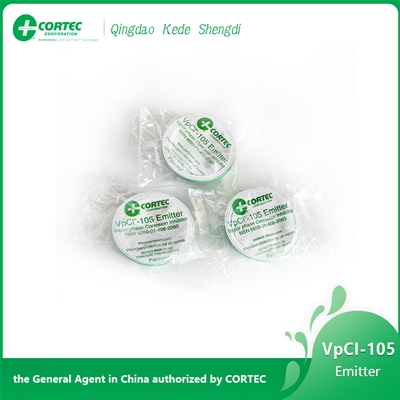
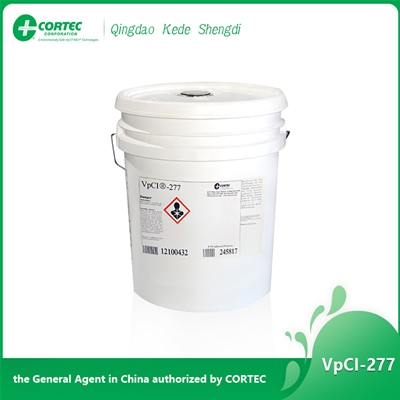
 Service Hotline
Service Hotline

